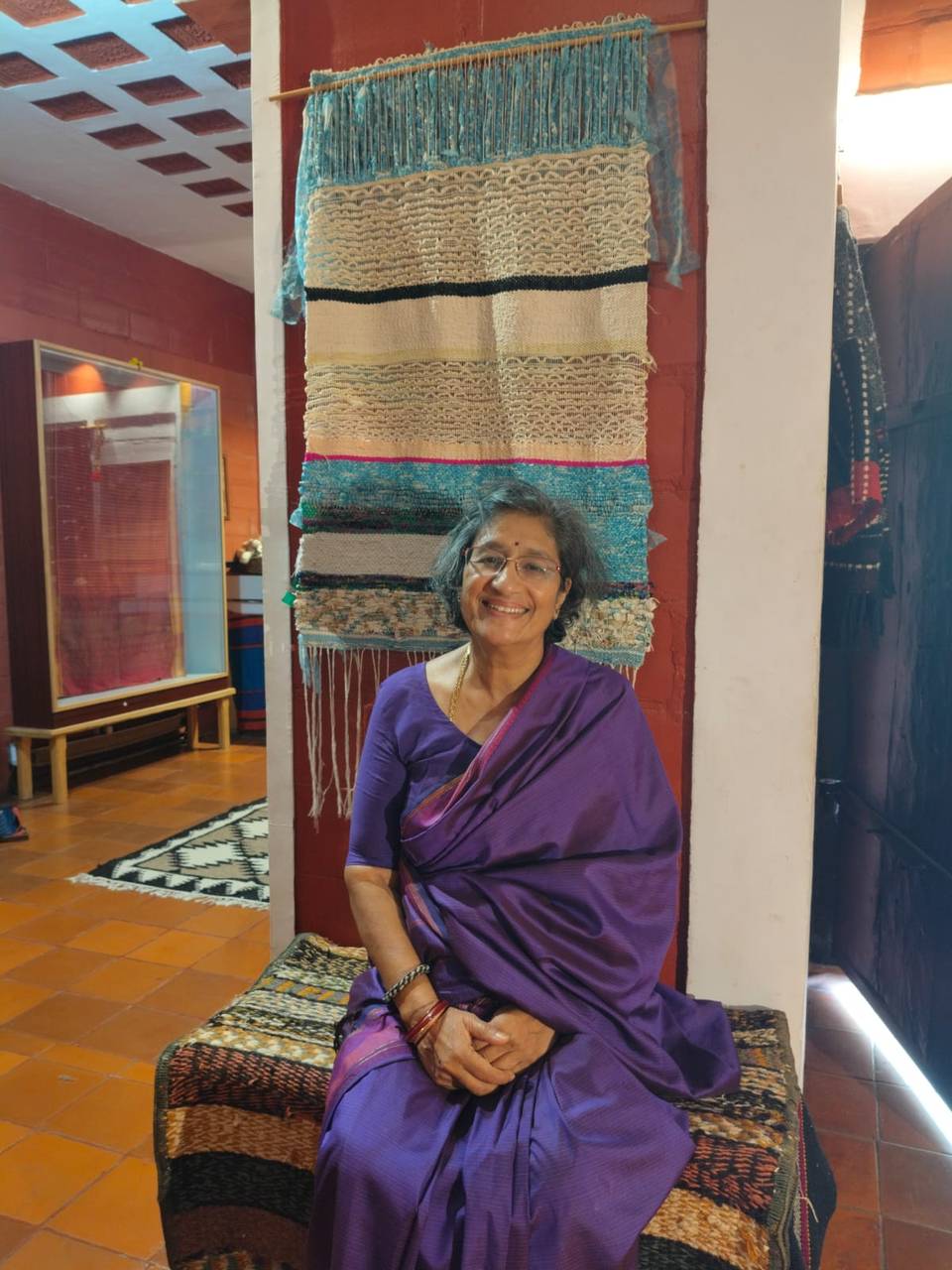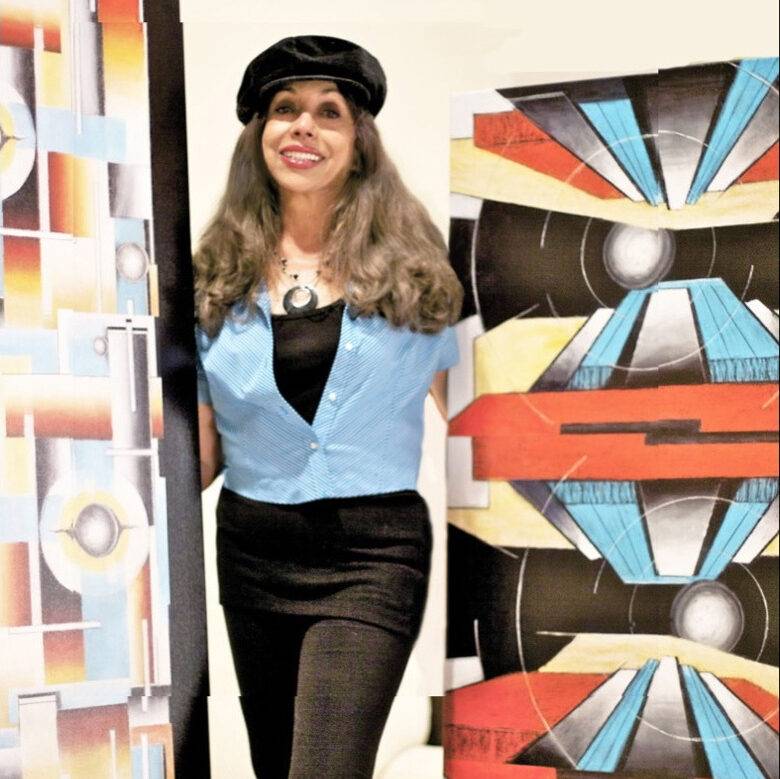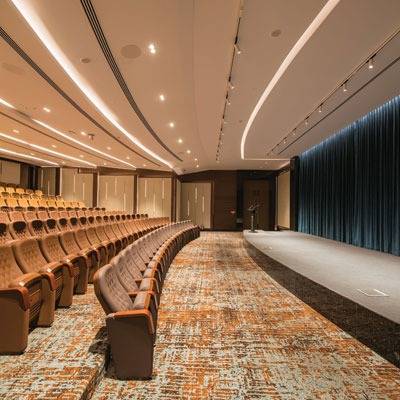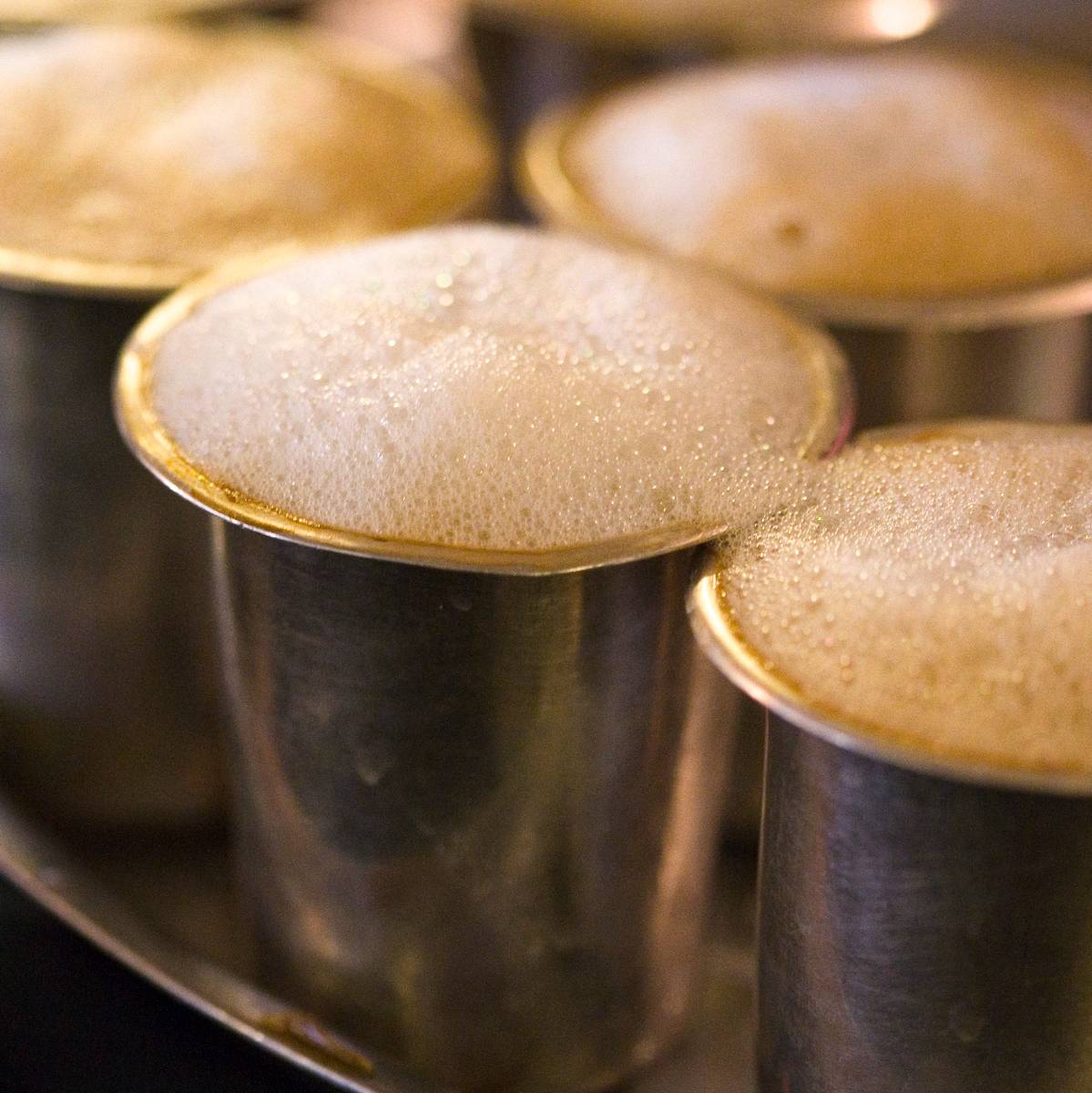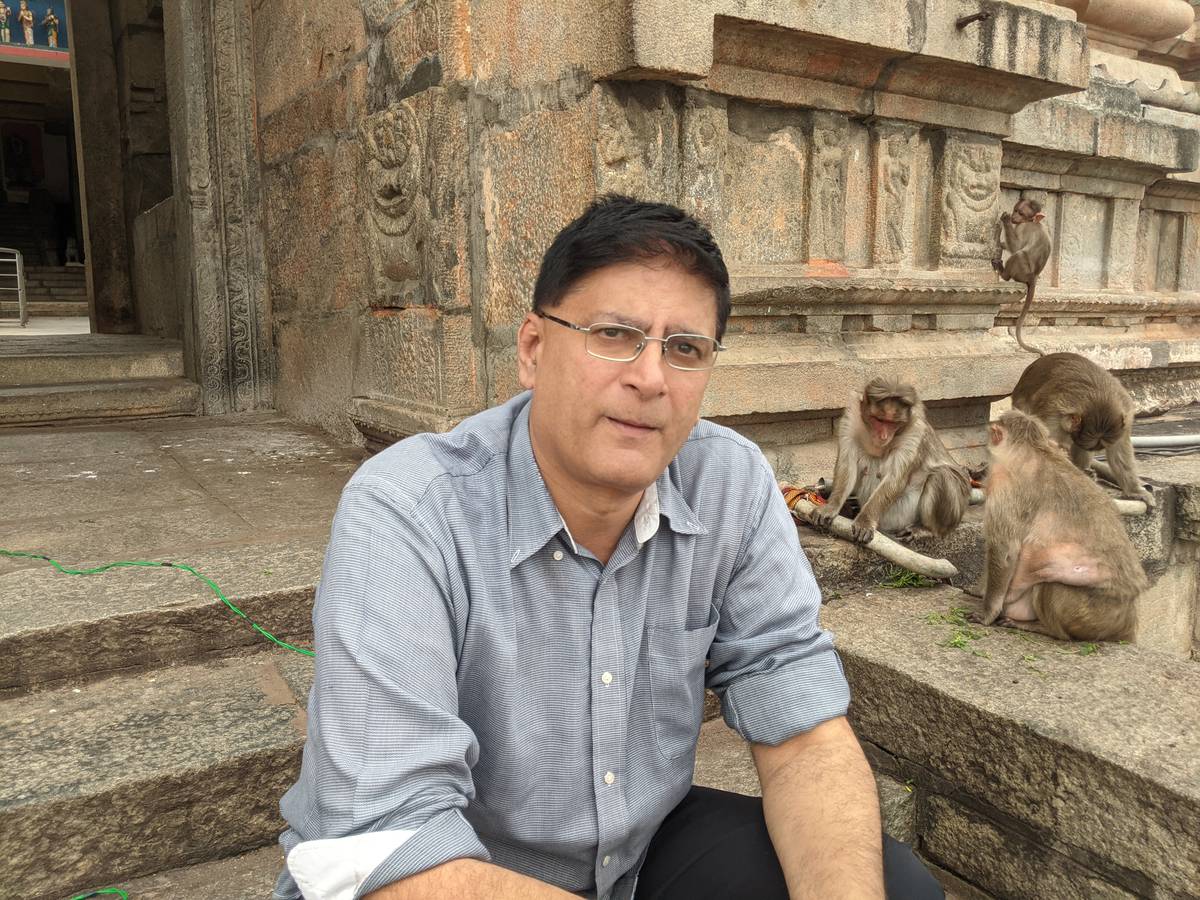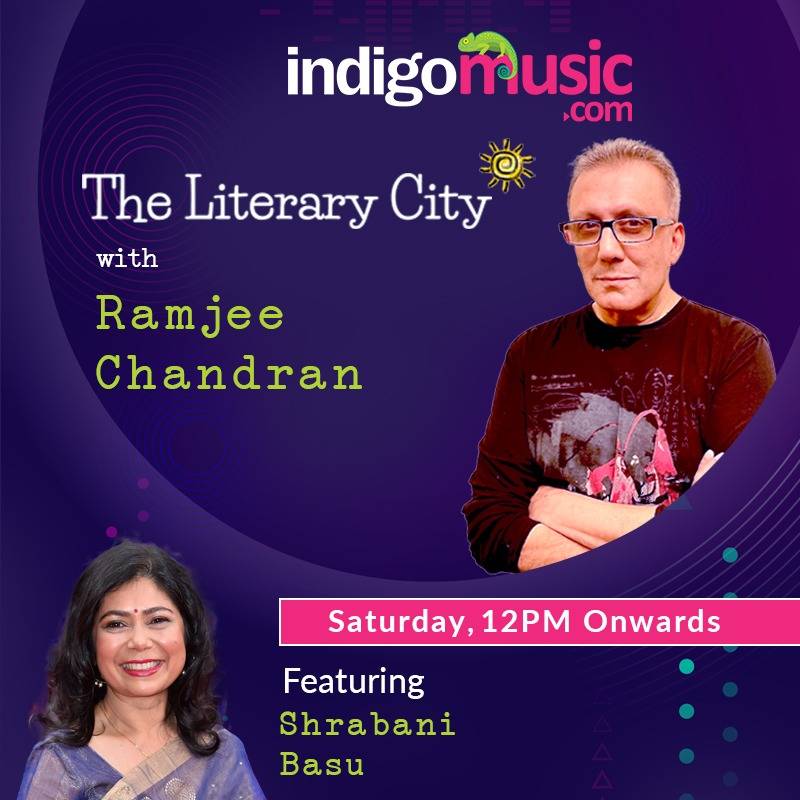Thyagaraja Kritis And The Apparent Humility Of The Old Bangalorean
Old Bangaloreans have long subscribed to the larger south Indian virtue that there should be no public expressions of emotion. Ergo, we south Indians are not allowed to enjoy ourselves.
Feb 20, 2021, 18 51 | Updated: Feb 20, 2021, 18 51
Back when I was in school, an unexpected First Rank in the mid-term exam was rewarded with astounding silence.
It bothered me. For years I had felt like a dumbass who could not pass a test. Now, I wanted the world to know I was smart. But I was ordered to be humble and "do not show off."
Yeah, right. Did Einstein keep news of the Nobel Prize to himself?
So, I quickly figured out many ways by which I could trot out the first rank thing without making it look like I was immodest, by adding some self-belittling tag to the boast.
"I think all the smart guys in my class had the flu. How else could I have stood first...!"
It wasn't hard to figure out the art of "humble bragging". It was all around me.
It still is.
Cock an inquisitive ear to listen to the tweets. And you can wade in a stream of self-aggrandisement; the most hilarious tweeters being those who pay backhanded compliments to themselves.
Here are some examples from Bangalorean tweeters:
"Sharpie @kwldud875 "30 sept just filed tax returns. They are right. Mo money, mo cry."
or
"Jiva @maxxxblr "Steaks in Argentina rock but I can’t wait to get back to namma bengaluru even if it’s for 5 days before I have to haul ass to Morocco. #travelsucks."
or this
"Akshay @akman666 Was mistaken for Ranbir Kapoor today. Dude on the street asked my autograph because I look like him... like RK would walk down brigades in his shorts! Looooser."
(Twitter handle names and posts edited for privacy but you get the gist.)
"Humble bragging" is not new to Bangalore. Old Bangaloreans are masters of the craft. It has to do with the culture of the land. Given the largely middle class society in which people of various income levels lived equitably, no one bragged about anything. We believe we were brought up not to be boastful.
Old Bangaloreans have long subscribed to the larger south Indian virtue that there should be no public expressions of emotion. Ergo, we south Indians are not allowed to enjoy ourselves.
Or, more accurately, be seen having fun. Or express too much admiration for anything or anyone. Except for abstract concepts like honesty, god and duty.
For example, scholars of music have pointed out to me that one difference between Carnatic and Hindustani music is that Carnatic music is entirely devotional.
Hindustani music is cool. They got love, sex and booze. Everything happens by moonlight. It bounces off the marble and lights up some chick’s gold-flecked eyes, (and that, in all likelihood, happened because of booze and sex and the love of gold-eyed invaders.)
In Carnatic music, there’s no moonlight.
(And come to think of it, south Indian chicks don’t have blue and gold and green eyes either... it all makes sense now.)
All songs are propitiation to god. Supposedly, Carnatic lyrics are not meant to describe human emotion unless such emotion is at the zenith of devotion. Take for example this trance classic from Thyagaraja: “Inta sowkhya mani nE cheppa jAla /entO EmO evariki telusunO.”
It translates to: "I cannot describe in words this pleasure. Who can measure it? Who knows how to describe that ecstasy?"
T-man. Stud. That was beautiful, yo.
But he was not talking about his first taste of gulab jamoon. Apparently, he was talking about his devotion to god.
Or was he?
The dude was married. According to Thyagaraja scholar William Jackson of Purdue Univ, once when Thyagaraja made flippant remarks at the chicks in Tiruvarur, (his village), for worshipping a female deity, his wife gave him the look. And then she made him compose tunes about one of Shiva’s consorts. I'm saying that if she had such a hold on him that she could make him belt out songs on command, T-boy must have been enjoying a few gulab jamoons in his time.
And that timeline was not so long ago. In 1812, when Thyagaraja was a raring 45-year old, we had already built the St Marks Church on MG Road. (And Victorian prudery did not happen until a few decades later.)
So, when they tell me that all references to pleasure across the entire Carnatic canon are but paeans of devotion to god, I'm sceptical. I’m not sure we're getting us the whole story here.
Maybe my mind is in the gutter, but I need convincing that these lines from Oothukkadu Venkatasubba Iyer were not the result of some steamy skein of fantasy: "In the shining raised platform... in the middle of wish fulfilling gem... the dot that is in the middle of sri chakra, Oh temple of mercy!"
(I feel you, bro.)
I believe that Iyer, Thyagaraja and their ilk were probably regular guys, who were super-talented, but because of the ultra-conservative (some might say also hypocritical) society of the south, they were not able to sing freely of enjoying love, sex and food and so they couched their frolic in godly verse.
I cannot help but think that making self-denial a virtue is the main reason why we have remained a people not given to hyperbole, unless it is devotional and does not result in personal profit or - shudder - self-praise. At the junction of being a devotee-at-large and being a human-on-earth, the old Bangalorean must wear self-effacement as an albatross.
But a human must brag... it is the reason why we do much of what we do.
If we don’t speak for ourselves, we’ll be forgotten. So it becomes a trait of the traditional Bangalorean not break out into bhangra every time the boss says, "Well done," but to humble brag his way around this moral dilemma.
Sometimes by tweet; sometimes by striking elegant poses.
Sri Lankan writer Tarzie Vittachi in "The Brown Sahib" described Indian Governor General Rajagopalachari as standing on the sweeping steps of the super-luxurious and palatial Rashtrapati Bhavan in dhoti and chappals...
...supremely "proud of his modesty".
-----------------------------------------------------------
Ramjee Chandran is Editor-in-Chief and MD of Explocity.
rc@explocity.com (E-mail).
@ramjeechandran on Twitter.
Pic: Thyagaraja as depicted by Thiruvaiyaru Thyagaraja Aradhana website

